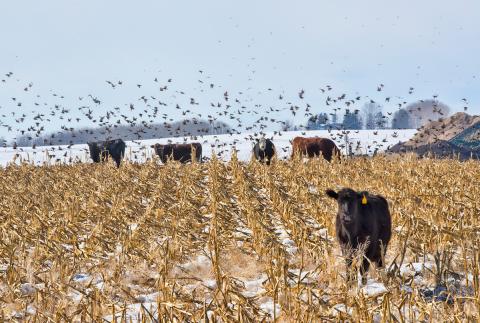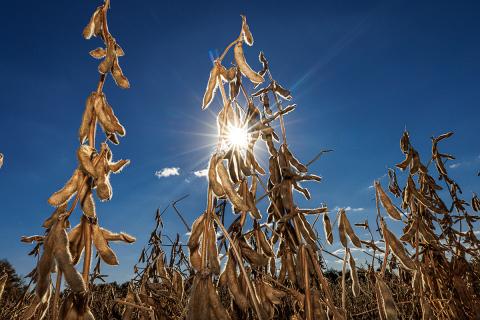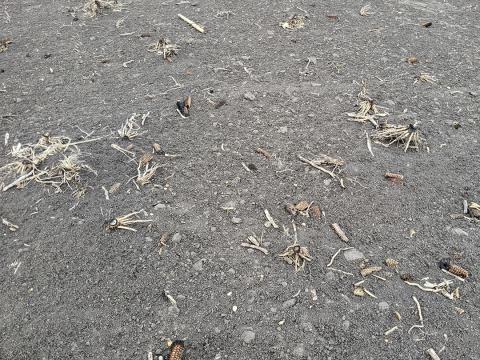New Video Series on Ag Land Management and Leasing Considerations
May 25, 2023
The videos discuss topics relevant to landlords and tenants and their accompanying leasing considerations, including crop residue, hunting rights, pasture leases and using manure on cropland.
Pasture and Forage Minute: Mid-winter Cornstalk Grazing, Pasture Lease Drought Considerations
January 13, 2023
Extension educators discuss to how best graze cornstalks during the winter, and how to approach pasture leases when severe drought has affected forage production.
Crop Residue Removal: Its Effect on Soil and Water Quality
December 15, 2022
As crop residues provide numerous benefits for soil health and water availability, crop growers should weigh the pros and cons of leaving crop residue in the field — particularly those who farm dryland ground.
Pasture and Forage Minute: Soybean Residue Forage Benefits, Safe Fall Alfalfa Grazing
November 2, 2022
Extension educators assess the value of soybean residue as livestock forage and share management recommendations for grazing alfalfa to avoid bloat.
Crop Residue Exchange Available for Listing Your Corn Residue Acres
November 2, 2023
Many cattle producers rely on corn residue for a winter feed resource. The Crop Residue Exchange can help facilitate a mutually beneficial forage rental partnership between producers.
Pasture and Forage Minute: Baling Soybean Residue, Winterizing Alfalfa by Growing Degree Days
October 11, 2022
Higher hay prices and forage shortfalls have many producers considering baling soybean residue, but it's important to first analyze the cost effectiveness. Plus — concerns on nightshade and winterizing alfalfa.
Pasture and Forage Minute: Forage Drought Recovery, Prussic Acid in Sorghum
October 5, 2022
Extension educators share insights on the drought recovery process for pastures, how to graze forage sorghum species after freezing temperatures and how to capture the best nutrition from grazing crop residue this fall.
Fire Damage and Crop Residue Impacts
April 22, 2022
Extension Educator Jenny Rees shares insights on the nutrient value of crop residue and soil impacts following fires and dry conditions across the state of Nebraska.







